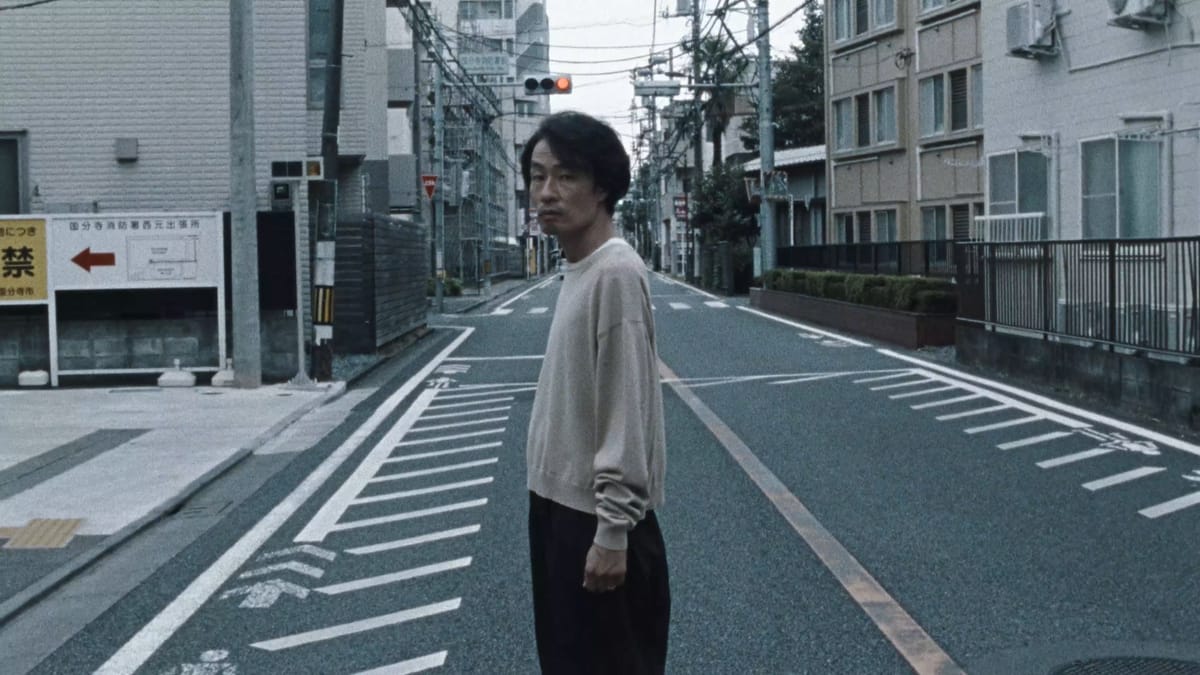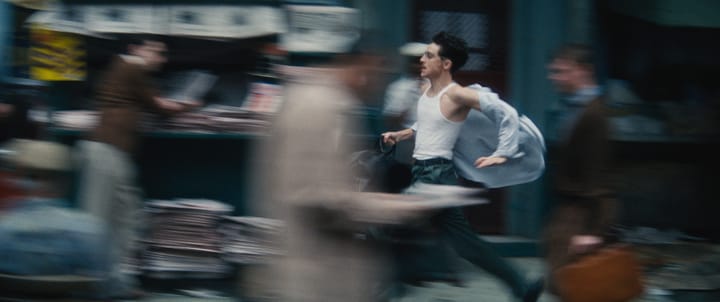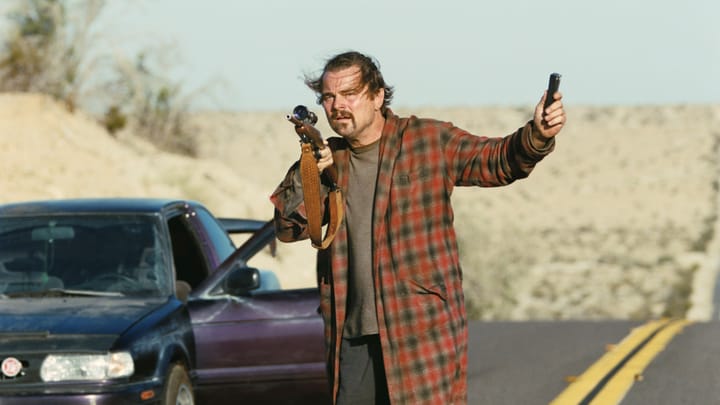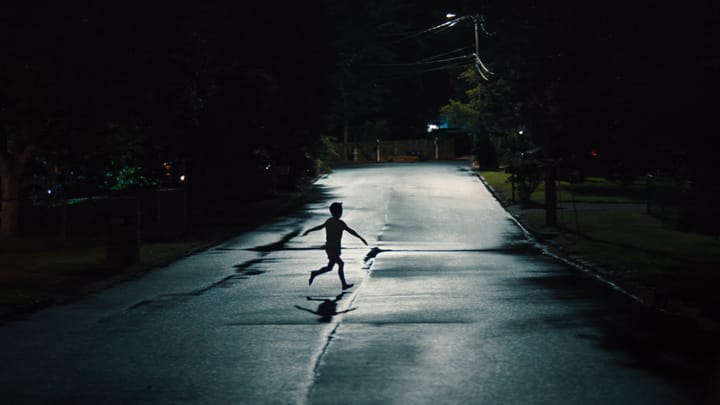Chime: It Tolls For Thee

It’s a dull hum. A distant ringing. Like a wistful, lingering doorbell, fuzzy and familiar. A sound you’ve heard a thousand times, a beacon of modern existence, these sonic signatures that begin to sand down the folds of the mind. The thrum of the train, the clattering of the recycling, the swishing of the kitchen knife, the buzz of traffic, the hollow and repetitive dialogues; a rhythmic reminder of a deeply felt apathy towards the surrounding landscape of uniformity and expectation. Something is missing from the social fabric, a collection of disconnected humans meandering through urban landscapes that now exist as monuments to our self-destruction.
Much like Kiyoshi Kurosawa’s Cure (1997), Chime exudes an icy sense of dread, a palpable atmosphere of realizing some latent dissociative violence lurking beneath the skin. Only here he abandons the formalist exercise in procedure, no longer concerned with narrative specifics or a descent into psychosis through obsession. Chime is pure subcutaneous evil, a ringing in the ears that permeates every surface, an anger insistent on pouring out from the ether. An ambient suffering, not initiated by external malice or existential despair but simply there, waiting for something to finally awaken it.
With threadbare narrative aspirations and a pared down runtime Kurosawa aims at pure atmosphere, a fluid reality where the details don’t matter as much as the palpable dread and simmering anxiety it all evokes. An awkward, banal protagonist so average and knowable that every action becomes ordinary – every tear in the fabric feels like an extension of the everyday homogeny. Family dinner with alien conversation and psychotic breaks of laughter feel as natural to the characters as they feel horribly disturbing to the viewer. Where Cure connected its victims and perpetrators through a tenuous spiderweb of malice, Chime bleeds through the streets like falling rain, an invisible force that glides through the air and consumes arbitrarily.
Kurosawa’s potent cinematic language comes from his ability to cultivate contemporary anxieties through isolated lenses, from the disillusioned cityscapes of Cure to the crackling digital haze of Pulse (2001) or the suffocating latent societal pressures of Creepy (2016). The imagery is striking but familiar, haunting frames always depicting a corroding isolation of spirit. His environments shift to match their subjects but it is ever evocative of something itching at the back of your mind. Cure beckons towards an inner animosity, Pulse buzzes through the wires of a corrupted digital existence, Creepy burrows deeply beneath the illusory reality we commit ourselves to. Here, Kôichi Furuya’s crisp cinematography draws an almost precision engineered existence, so sanitized and clean that it is devoid of personality; distant, eroded. A world that has become so painfully monochromatic that the only color left is the crimson extracted through thoughtless rage.
Chime so expertly constructs a self-contained universe built on the dispassionate corruption of ego that when Kurosawa finally breaks free from his formalist constraints, it’s an explosion of cinematic noise, a deafening burst of Hanekeian voyeurism both disconnecting and inviting, a nightmare consuming you as you sprint hopelessly to outrun it. Something is coming and we are hopeless to stop it. It’s already here. Everywhere. Do you hear it?





Comments ()